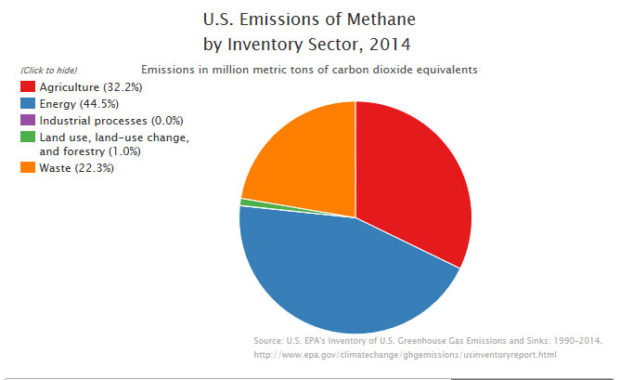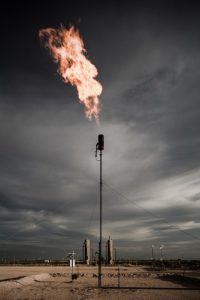We have much more to do and your continued support is needed now more than ever.
EPA Cuts Methane Pollution

The rule will regulate methane emissions by requiring:
- Leak detection and repair (spotting leaks and repairing them on a regular basis)
- Efficiency upgrades to existing equipment (installing technology that stops and prevents leaks from oil and gas infrastructure)
- Regular monitoring inspections
This step comes none too soon, as climate change – partly fueled by methane pollution – continues to have troubling impacts on wildlife across the U.S. Fortunately, the Environmental Protection Agency (EPA) recognizes the significance of the methane problem and is working to address it.
Take ActionSupport this important step to protect against dangerous methane pollution
Disrupting Wildlife and Climate
 Considered a super pollutant, methane has 80 times the warming impact of carbon dioxide over a 20 year time period. Wildlife like the snowshoe hare, moose, and lynx are already suffering from the impacts of climate change.
Considered a super pollutant, methane has 80 times the warming impact of carbon dioxide over a 20 year time period. Wildlife like the snowshoe hare, moose, and lynx are already suffering from the impacts of climate change.
With the later onset of winter and earlier onset of spring, snowshoe hares are challenged by the seasons being out of sync with their molting cycle. The hares’ bright white fur makes them an easy target for predators when there is no snow available for camouflage.
Also, moose populations in New Hampshire have declined by 40 percent in the last decade due to the increase of tick-borne disease as warmer temperatures have failed to kill off the pests. As our climate continues to change, these impacts will only become more pronounced.
New Rule Needed More Than We Thought
According to new data, methane pollution is more than 30% higher than we originally thought. The Environmental Protection Agency released new methane estimates in April of this year, updating previous estimates from 2013. Improved monitoring has revealed to the agency the significance of the pollution problem.
Gina McCarthy, EPA’s Administrator, underscored this when she said: “the new information shows that methane emissions from existing sources in the oil and gas sector are substantially higher than we previously understood. So the bottom line is – the data confirm that we can and must do more on methane.”
The largest source of emissions comes from the energy sector, with the oil and natural gas industry representing the largest proportion of human-caused methane emissions in the US.
The oil and gas industry has argued that additional regulations are unnecessary because voluntary actions have reduced methane emissions, but voluntary measures alone are not enough. EPA’s new emission estimates show that methane waste has actually been increasing since 2010, especially in oil development, and is expected to increase further with expansion of the industry. Without proper regulation, the growth of the oil and gas industry has resulted in preventable environmental harm – as well as waste of a valuable energy resource.

Regulating Emissions

In February 2016, the Administration’s plan to reduce emissions from the power sector, called the Clean Power Plan, was put on hold by the Supreme Court. But the pressing need to deal with climate change continues to grow.
While the EPA awaits a court ruling on its cornerstone carbon dioxide plan for the power sector, it is critical we support the agency’s efforts to reduce the threat of methane pollution from oil and gas operations.
The new rule has laid the groundwork for future regulations on existing production sources, which, if left unaddressed, would equal approximately 90 percent of the methane pollution problem in the industry. Today, the EPA also reaffirmed its intent to regulate existing sources by issuing a notice to industry asking for information about their existing operations. For the sake of our climate and wildlife, it is critical that the EPA move forward on existing source regulations as quickly as possible.





















